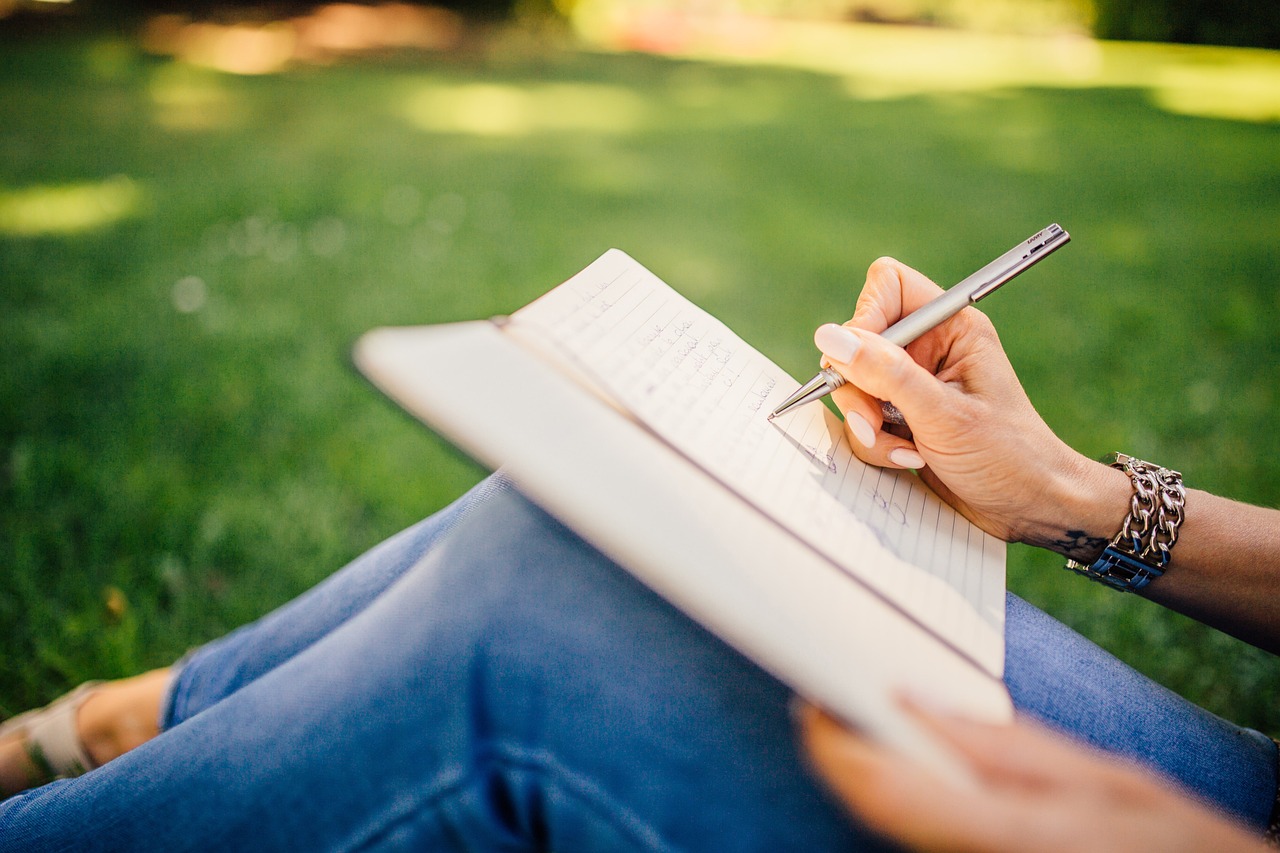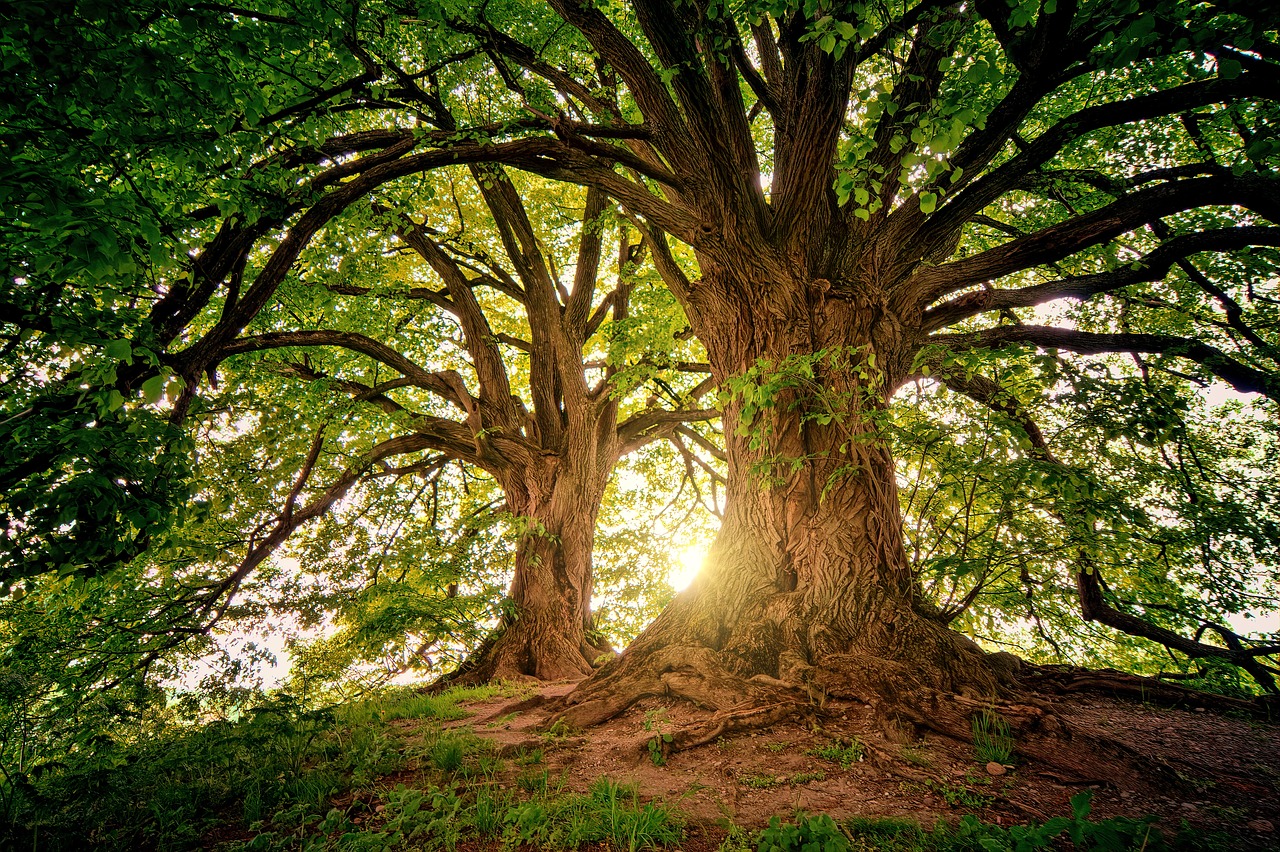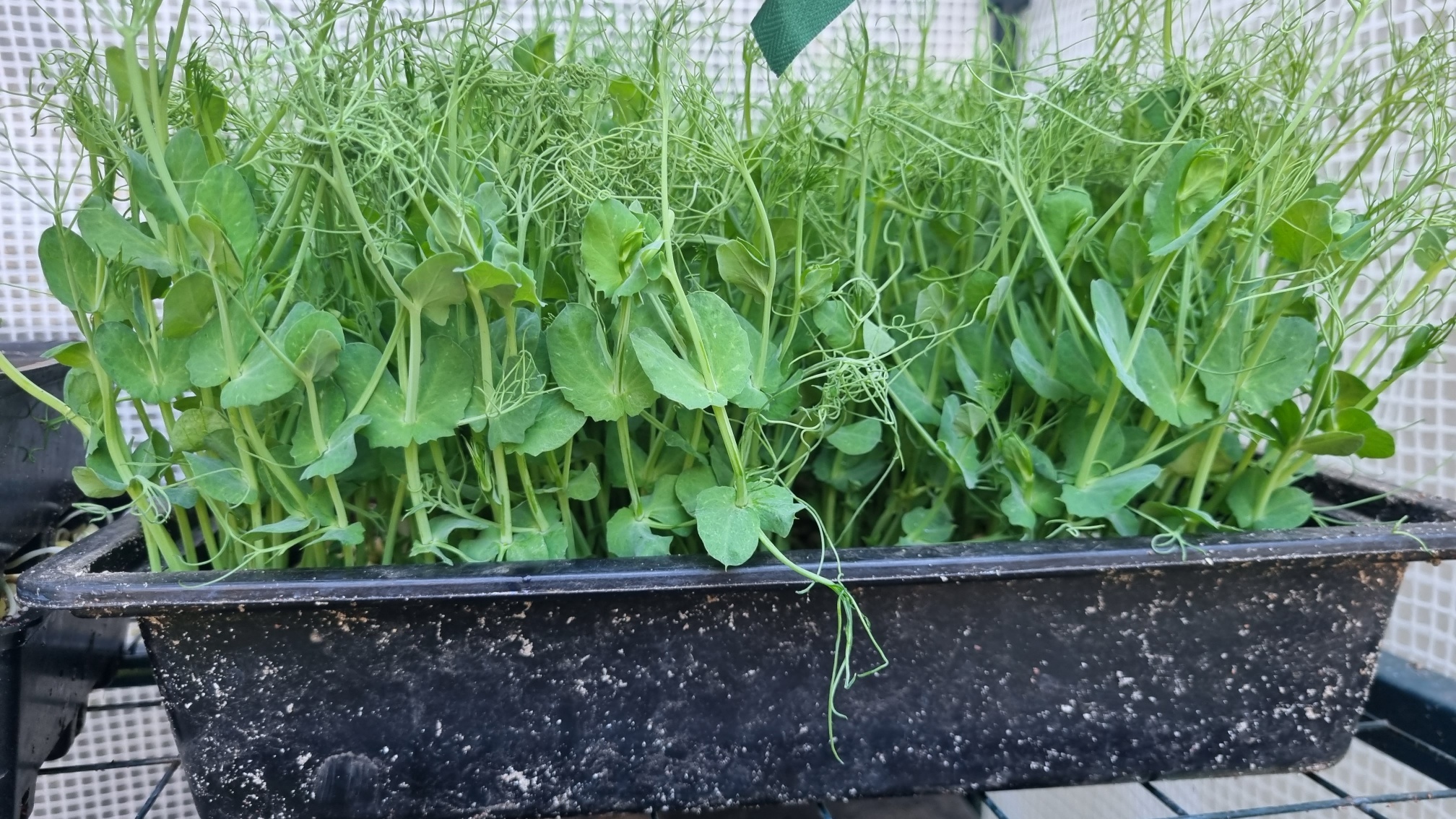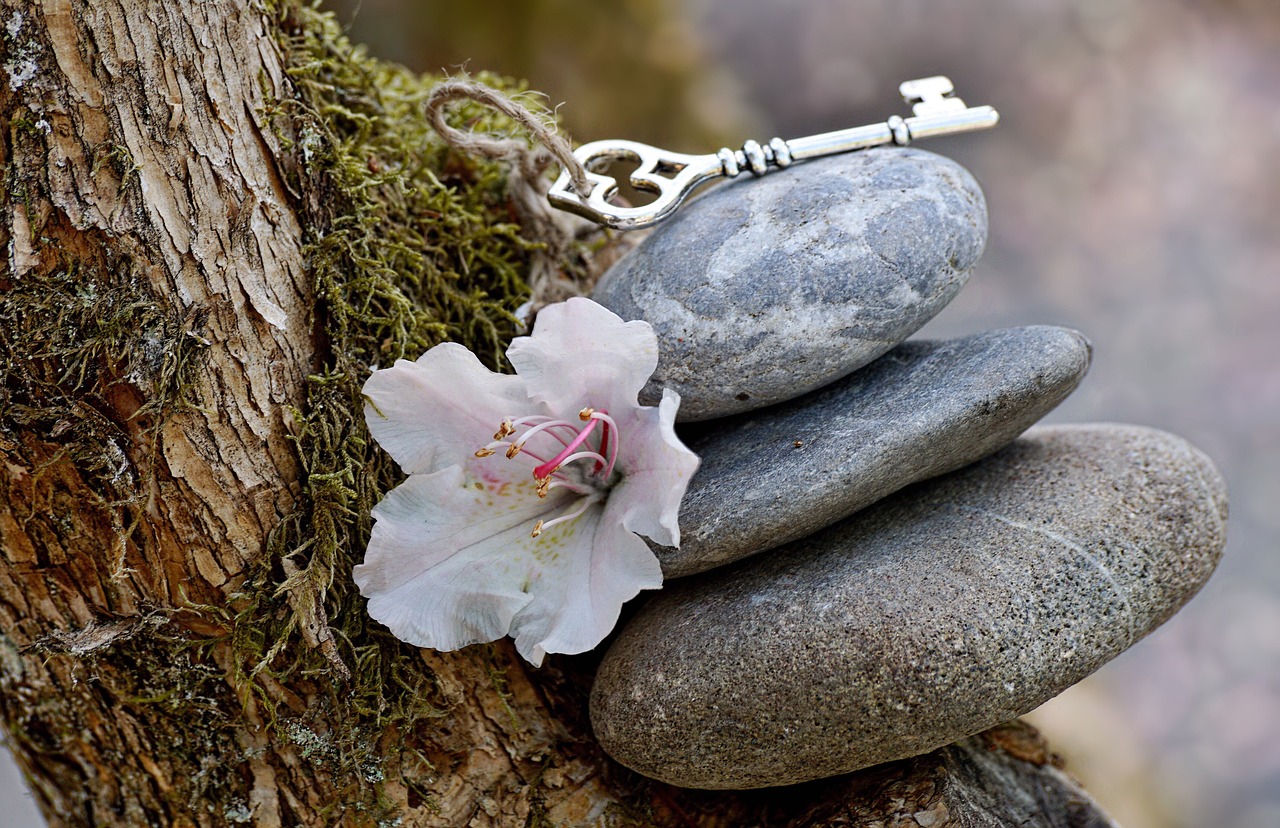Aging is a natural part of life, and rather than fighting against it, we can choose to nurture and accept our bodies as they change over time. Often the cosmetic brands are enforcing an attitude of holding on to youth by even naming the products for mature skin in a way that implies “resisting, defying…”. I do wish that would move into more nurturing way, nothing to fight against.
By understanding the impermanence of our physical selves, our inner life, and the impact of external factors like global climate change, sun exposure, and stress, we can develop a balanced approach to skincare that promotes nurturing of inner as well as outer. In this article, we will explore the concept of ageless beauty, the importance of self-care, and how to approach choosing your skin care that is most aligned with you.
This is quite an interesting field of discussion. With new wellness approaches and nutrition one is actually able to reverse aging. Some people who have changed their lifestyle at their chronologically older age actually look more youthful then they did couple of years ago.
Accompanying new wellness and lifestyle guidelines for healthy life, the skincare offers new developments products that are not toxic anymore, and give a good result in helping the skin look youthful, nurtured and radiant. The point I am making here is that by adopting different lifestyle and supporting with quality non- toxic skincare is actually possible to appear more youthful than one did in the past.
Now, let’s explore what the driver behind the change in lifestyle and quality skincare can be. The motivation can stem from fear and the insistence on maintaining a youthful appearance, perfectionism or it can hold it’s core in a nurturing, loving care for yourself together with embracing the natural process of aging. It’s a distinction between the apprehension of “I must look great and youthful” and the acceptance of “aging is normal, and I choose to care for myself, while being confident in who I am.”
My grandmother was around 75 and when she looked herself in the mirror she said: ”it is hard to realize this is me as well now, because I still feel so young at my heart”. My perception of her is shaped by the vibrant, curious life force within her. I saw her as a beautiful and intriguing woman who takes care of herself, exuding confidence. It was this confidence that served as her magnetic quality.
Recently I have been traveling with my family to Vietnam and while strolling on the streets of Saigon, we came across a heartfelt gallery. One of those things on the trip that just calls for you. The colors, the portraits, the Life. That was Rehahn’s gallery. I found myself standing in front of the portrait of a lady from a series of portraits named ageless Beauty. https://www.rehahnphotographer.com/portfolio/ageless-beauty/
The Concept of Ageless Beauty
Ageless beauty is about celebrating the marks of time and finding beauty in the wisdom and experiences that come with aging. It challenges society’s traditional notion of beauty, which often values youth and external perfection. These portraits remind us that true beauty lies in the stories and history leaving memories of impressions on our faces.
Moreover, I notice expressions of benevolence, humility, joy, and lovingkindness on these faces. Collectively, they create a sense of beauty within me and inspire a desire to embrace lovingkindness and love, steering away from feelings of rage, anger, or resentment.
Embracing Impermanence: Nurturing the inner
In addition to nurturing our physical selves, it’s essential to cultivate inner peace and acceptance. The concept of impermanence, as embraced in Buddhism, teaches us that everything changes and nothing lasts forever. By understanding and accepting this universal truth, we can navigate life’s ups and downs with grace and resilience.
Step 1: Accepting Impermanence
Acknowledge that change is an inherent part of life. Embrace the impermanence of all things, including your physical body, relationships, and circumstances. By accepting impermanence, you can release attachment and find peace in the present moment.
“Impermanence does not necessarily lead to suffering. What makes us suffer is wanting things to be permanent when they are not.” – Thich Nhat Hanh
Step 2: Embracing Change as an Opportunity
View every situation, whether joyful or painful, as an opportunity for growth and transformation. Embrace change with an open heart and a willingness to learn and adapt. By reframing change as an opportunity, you can find meaning and purpose in every experience.
Step 3: Practicing Mindful Awareness
Develop a daily mindfulness meditation practice to cultivate present-moment awareness. Mindfulness allows you to observe your thoughts and emotions without judgment, fostering a deep connection with yourself and the world around you.
Step 4: Cultivating Self-Compassion
Extend compassion and kindness to yourself, embracing your flaws and imperfections. Treat yourself with the same care and understanding as you would a dear friend. Practice self-compassion through positive self-talk and acts of self-care.
Step 5: Building Authentic Connections
Nurture meaningful and authentic relationships with others. Communicate openly and honestly, expressing your true thoughts and feelings. Build connections based on trust, respect, and mutual understanding.
Step 6: Setting Healthy Boundaries
Learn to establish and maintain healthy boundaries in your relationships. Respect your own needs and values, and communicate them clearly to others. Setting boundaries allows you to protect your well-being and maintain a sense of inner peace.
Step 7: Developing Emotional Intelligence
Deepen your understanding of your emotions and their meaning. Learn to differentiate between emotions and feelings, interpretations, allowing yourself to fully experience and express them in a healthy and constructive manner.
Step 8: Practicing Forgiveness
Cultivate forgiveness towards yourself and others. Release resentment and grudges, freeing yourself from the burden of past hurts. Forgiveness allows for healing and opens the door to inner peace.
Step 9: Living with Gratitude
Cultivate a daily practice of gratitude, expressing appreciation for the present moment and all the blessings in your life. Start each day with a sense of gratitude, recognizing the beauty and abundance that surrounds you.
Managing Stress for Healthy Skin
Stress can take a toll on our physical and mental well-being, including our skin. It can lead to increased inflammation, breakouts, and dullness. Incorporating stress management techniques into your daily routine can help promote healthy skin and overall inner peace.
- Mindfulness and Meditation: Practice mindfulness meditation to cultivate a calm and centered state of mind. Take a few minutes each day to focus on your breath and bring yourself into the present moment. This can help reduce stress levels and improve skin health.
- Self-Care Rituals: Engage in activities that bring you joy and relaxation, such as taking a warm bath, practicing yoga, or enjoying a hobby. Prioritize self-care to nourish your body, mind, and soul, IR sauna is also nice to support collagen production in the body, detox.
- Healthy Lifestyle Choices: Maintain a balanced diet, exercise regularly, drink water, and get enough sleep. These lifestyle choices can help reduce stress levels and promote overall well-being.
From attacking, handling, fixing your skin to loving it
We had a good laugh with my beauty therapist when she started with the massage on my face so vigorously to tackle those fine lines. When I felt that energy, I asked her, can you just give some love and nurture to my skin. It felt such a focus to tame and erase.
I like the approach when we consider facial muscles and tonus as you would take care of the rest of the body to keep the vitality in the cells with exercise, same with the face.
And I am a big fan of good quality cosmetics.
I would love if everything would be organic, but some of those products I don’t
enjoy because of their smell, lack of research and tests behind it, shorter
shelf life. So at the end I have come to terms with somewhere in the middle. This
somewhere in the middle is able to cover up some hiccups of stress, occasional dehydration
and still not containing any of the toxic ingredients, not being tested on
animals. And for daily use still use high quality brands that combine natural
and research. Besides that it is important to enjoy the feel of the product when
applying it on the skin, the smell and seeing that skin is taking in the love
and support with gratitude.










